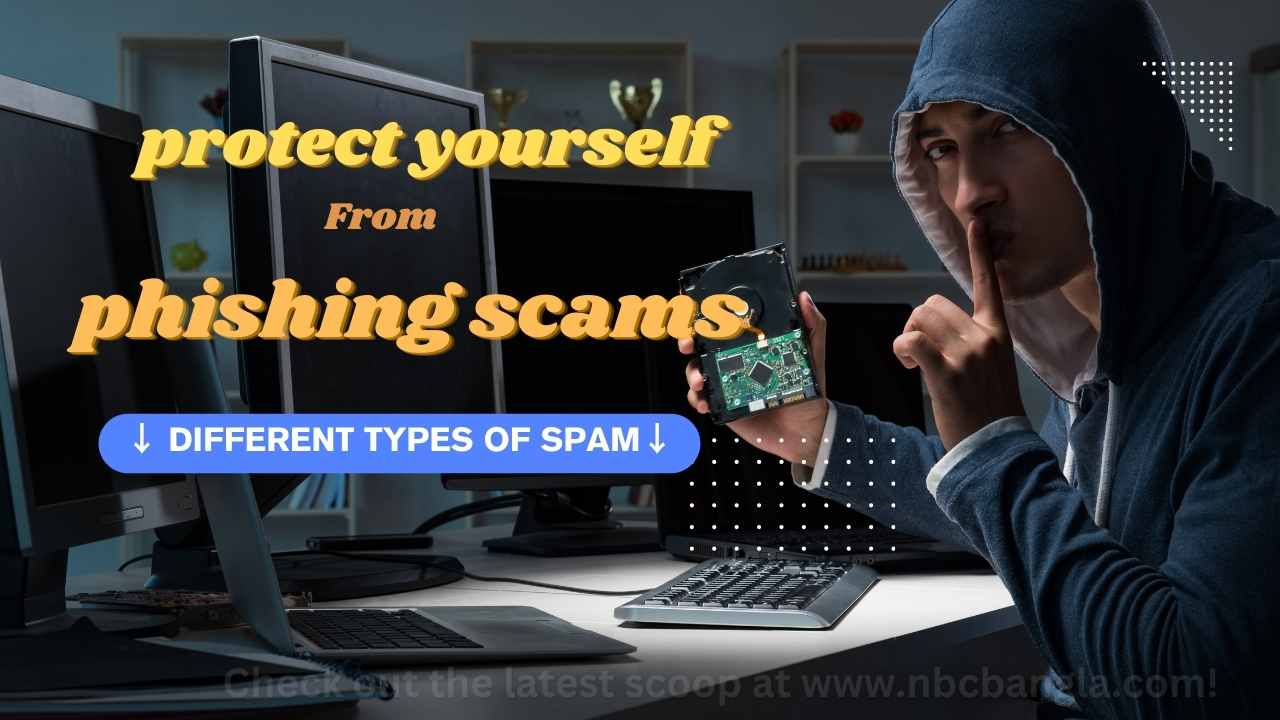Enter your information now for a chance to win.
If you want to win money, be careful! Be careful giving out your personal information without a bank or official source online. This type of offer is commonly used for phishing campaigns. If you receive an incoming message, it may be straight up spam. If you receive a message from an unknown source, be cautious and avoid giving out any personal information.
What kind of spam can there be?
Spam is any unnecessary, unsolicited digital communication that is sent home. Spam is usually sent via email, but it can also be sent via text messages, phone calls, or social media.
 |
Get $4,500.00 Cash Now! |
There are different types of spam, such as:
Phishing email: Phishing email is spam that cybercriminals send to many people, with the aim of attracting a few. Phishing emails are used to trick organizations into providing login information or credit card information.
Spoofing email: Spoofing email is spam that sends people lies to encourage them to click or give your personal information.
Tech Support Scams: These types of spam messages encourage people to contact fake support centers. With that they are ready to install malware on your computer.
How can I protect myself from phishing scams?
How can you protect yourself from phishing scams? Check out these 18 tips:
Spot the signs of phishing: It's important to know how to spot phishing emails. Not all messages may be the same, but there are red flags to spot phishing. Phishing symbols can include:
Unfamiliar greeting or tone
Unintended message
Spelling and misspellings
state of emergency
Suspicious links or attachments
Request for personal information
Inconsistency in information such as email addresses, links etc
unusual request
Warning that you won something
Don't reply to phishing emails: If you receive suspicious messages in your inbox, it's best to reply. By replying you are letting the scammer know that they are working with an active email address. This may encourage them to scam you in the future.
Report suspicious messages to Email Privacy.
What should I do if I receive a suspicious message or email?
If you receive a suspicious message or email, do the following:
1. **DO NOT REPLY**: It is not best to reply to suspicious messages.
2. **Use Spam Filter**: Your email spam filter may be helpful.
3. **Report Suspicious Messages**:
If you received the email, forward it to the International Phishing Working Group: reportphishing@apwg.org
If received text message, forward it to SPAM (7726).
You can help inform scammers by providing suspicious messages.
Sponsar








